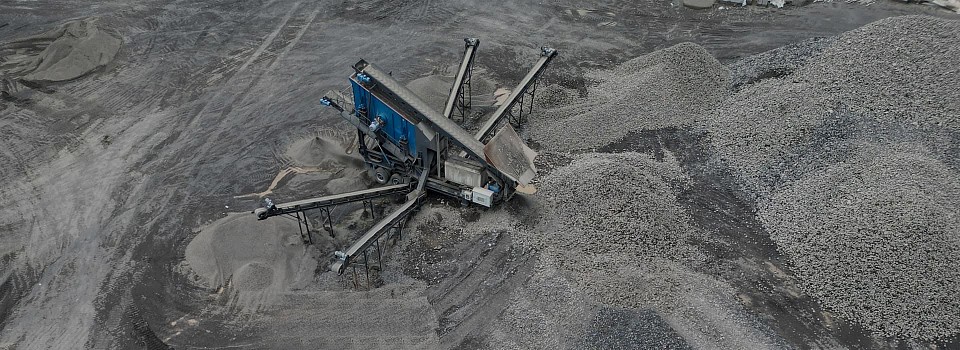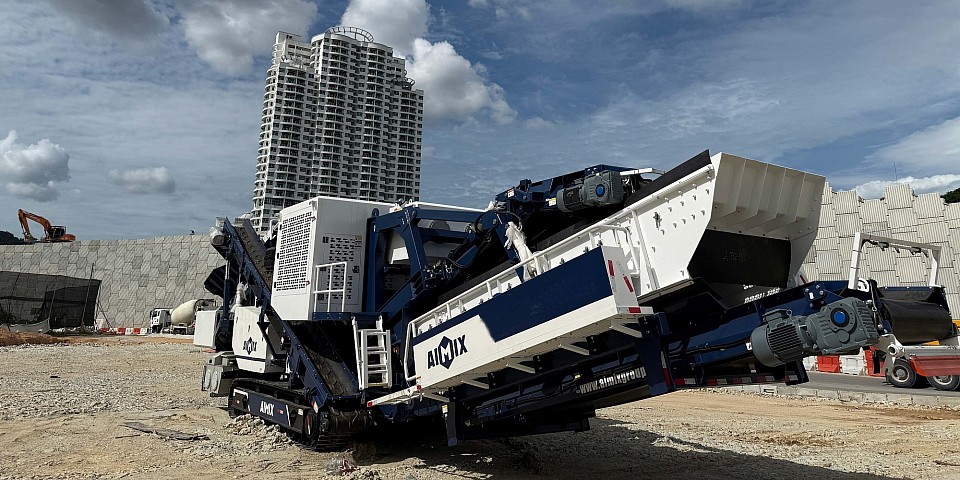Configuration Affects Your 50 TPH Stone Crusher's Price
When considering the purchase of a 50 TPH stone crusher, the configuration plays a crucial role in determining the price. Stone crushers are complex machines with a variety of components that influence their functionality, efficiency, and ultimately, the cost. Configuration is not just about the size or capacity of the crusher but about the materials, technology, and design choices that go into it. Each decision impacts not only performance but also the 50 tph stone crusher price tag, which makes understanding these factors essential for making an informed investment.
The Impact of Configuration on the Price of a 50 TPH Stone Crusher
The configuration of a stone crusher, particularly for a 50 TPH model, directly influences the cost due to the multiple components involved. Key parts such as the crusher's motor, jaw plates, and conveyor systems determine the overall performance and efficiency of the machine. A high-end motor and wear-resistant jaw plates, for example, can significantly elevate the price of the crusher. However, these components ensure better productivity and longer operational life, making them an investment in quality.
Another factor to consider is the level of customization required. Standard crushers are often more affordable, but tailored configurations—designed to meet specific processing needs—come at a premium. Customization might involve upgrading certain parts, such as introducing advanced technology or improving automation features, all of which increase the price. Understanding what components are essential for your specific operation will help balance between cost and value.
Material Quality and Durability of Components
Material quality is another pivotal factor in determining the price of a 50 TPH stone crusher. Crushers made with premium-grade materials, like high-strength steel for vital components, typically cost more but offer superior durability. These materials ensure that the stone crusher for sale can withstand heavy loads, high impact, and abrasive environments, thus reducing the frequency and cost of repairs and replacements.
In contrast, budget-friendly crushers often use lower-quality materials, which might save money initially but lead to increased maintenance costs over time. The wear and tear on these cheaper components can be significant, leading to more frequent downtime and repairs. Therefore, while a low-cost crusher might seem like a good deal at first, the long-term expenses associated with maintenance and part replacements can drive up the total cost of ownership significantly.
Longevity is another crucial consideration. A crusher made with durable, high-quality materials will last longer and be more reliable over time, resulting in lower overall costs when amortized over the machine's lifespan. This tradeoff between upfront costs and long-term savings is key when evaluating the price of a stone crusher.
Technological Advancements and Efficiency
Modern technological advancements have also had a substantial impact on the price of stone crushers. Automation features, such as automated load detection, remote control capabilities, and advanced sensors, add to the concrete crusher machine price but enhance operational efficiency. These systems ensure smoother operations, reduce the need for manual intervention, and optimize production rates. For businesses looking to minimize human labor and maximize throughput, these technological upgrades are invaluable, although they come with a higher initial price tag.
Energy efficiency is another critical aspect where technology plays a significant role. Crushers equipped with energy-efficient motors and systems reduce electricity consumption, which in turn lowers operational costs. While these energy-efficient models may have a higher upfront cost, the savings on power usage over time can offset the initial investment.
Moreover, advancements in crusher design—such as improved dust suppression systems and reduced noise emissions—contribute to a better working environment and help companies comply with environmental regulations. These technological features, while often overlooked, should be factored into the total cost of a 50 TPH stone crusher.
In conclusion, understanding the relationship between a stone crusher’s configuration and its price is essential for making a well-informed purchasing decision. The configuration determines not only the upfront cost but also the long-term operational expenses, including maintenance, energy consumption, and potential customization. By carefully considering the components, material quality, and technological features, businesses can choose a 50 TPH stone crusher that balances cost with performance and longevity.


